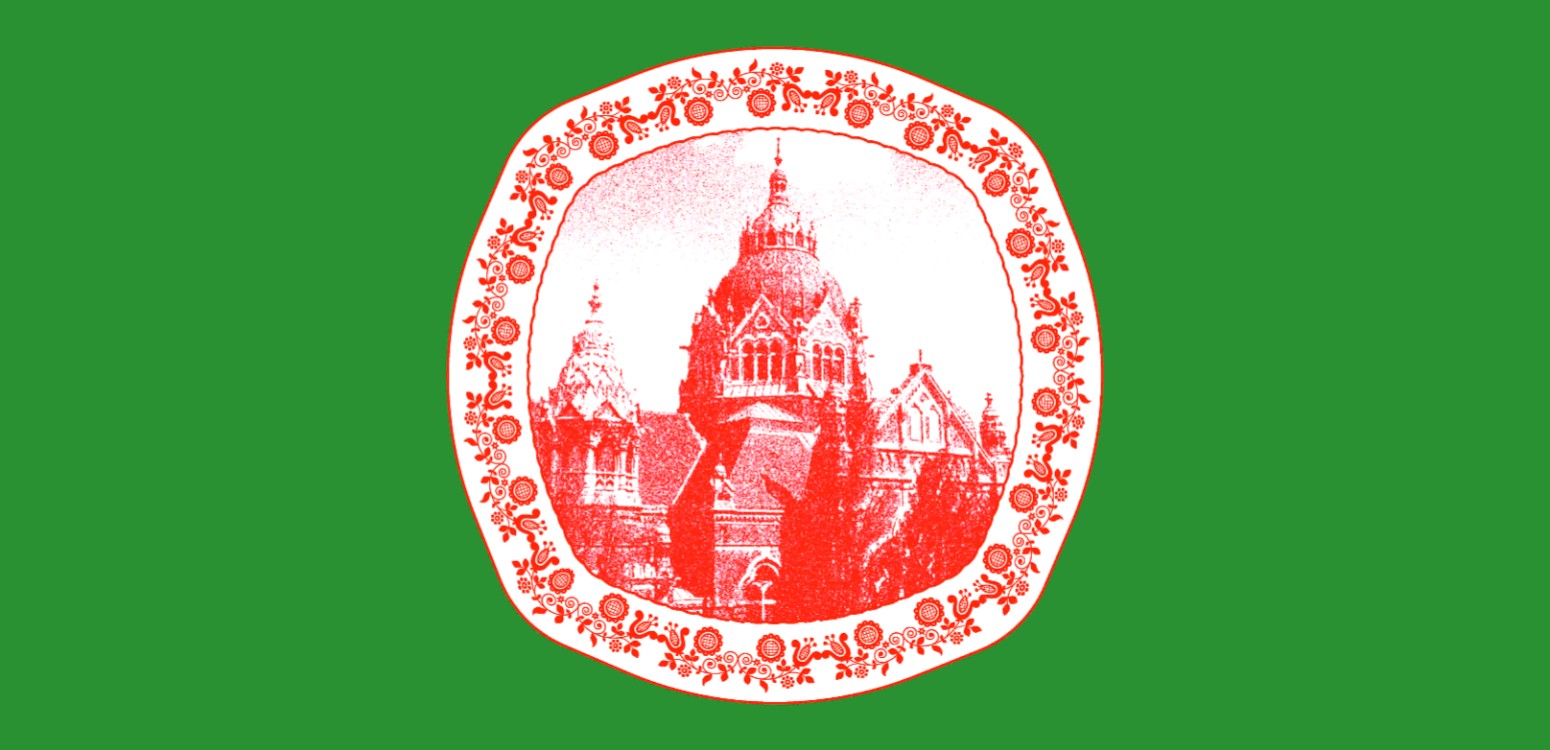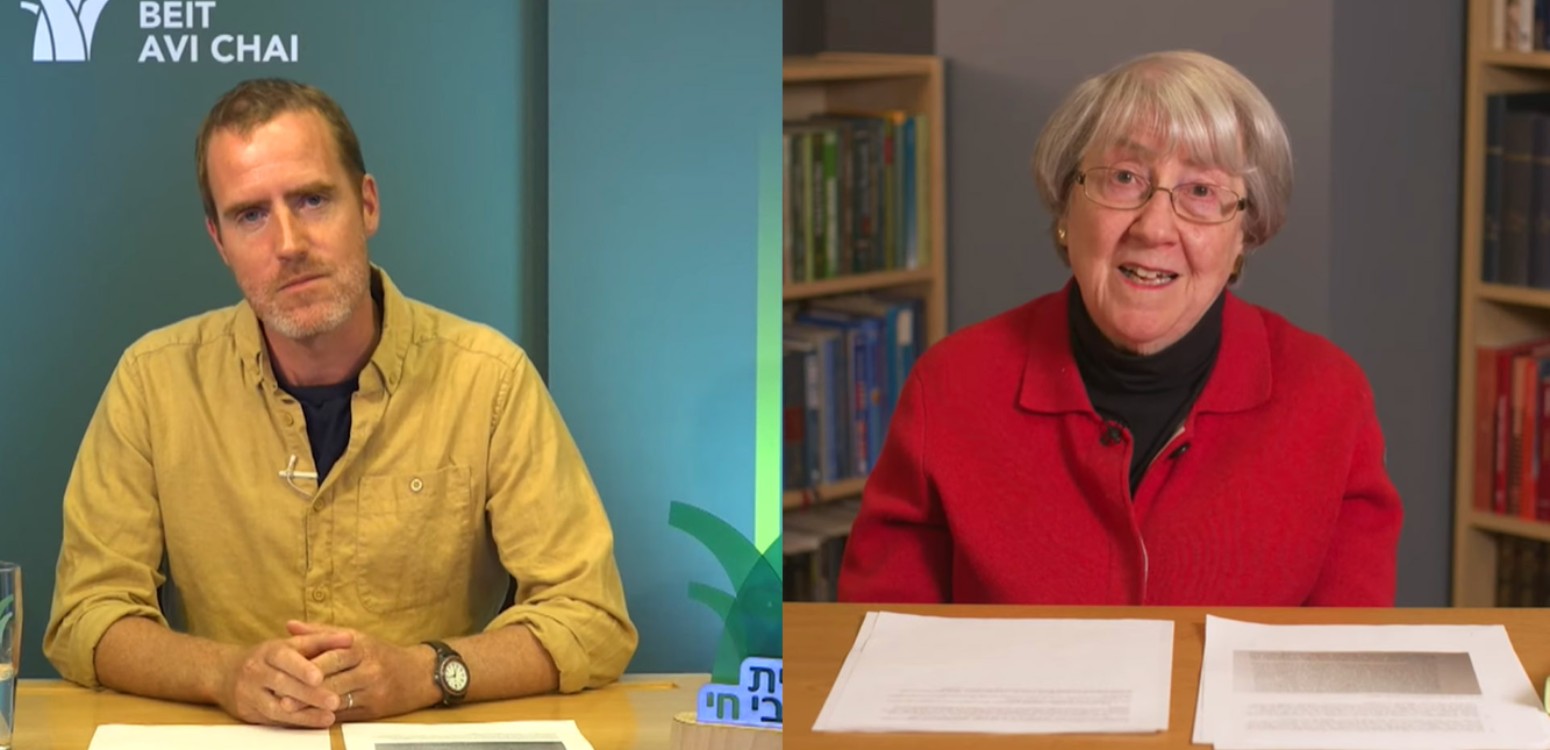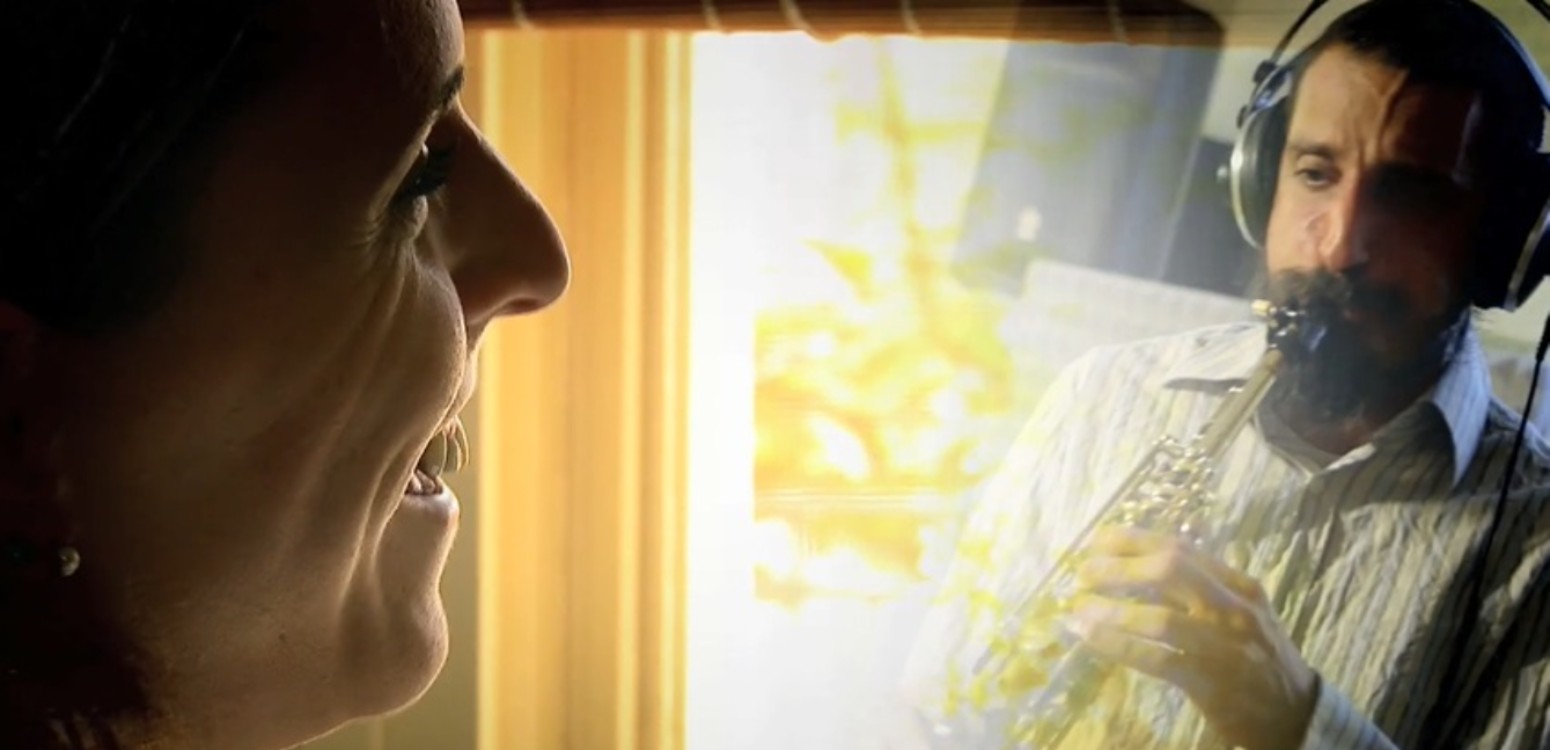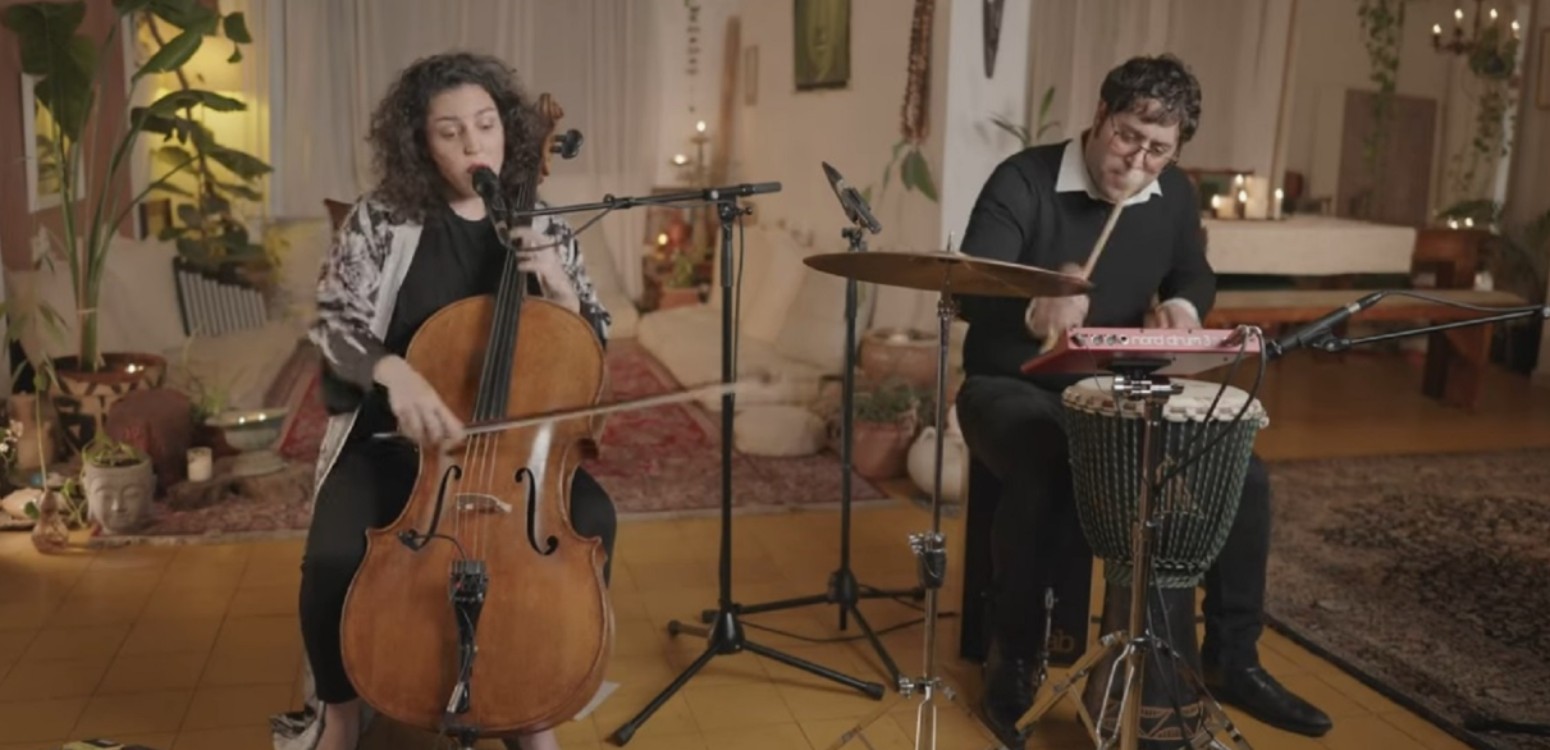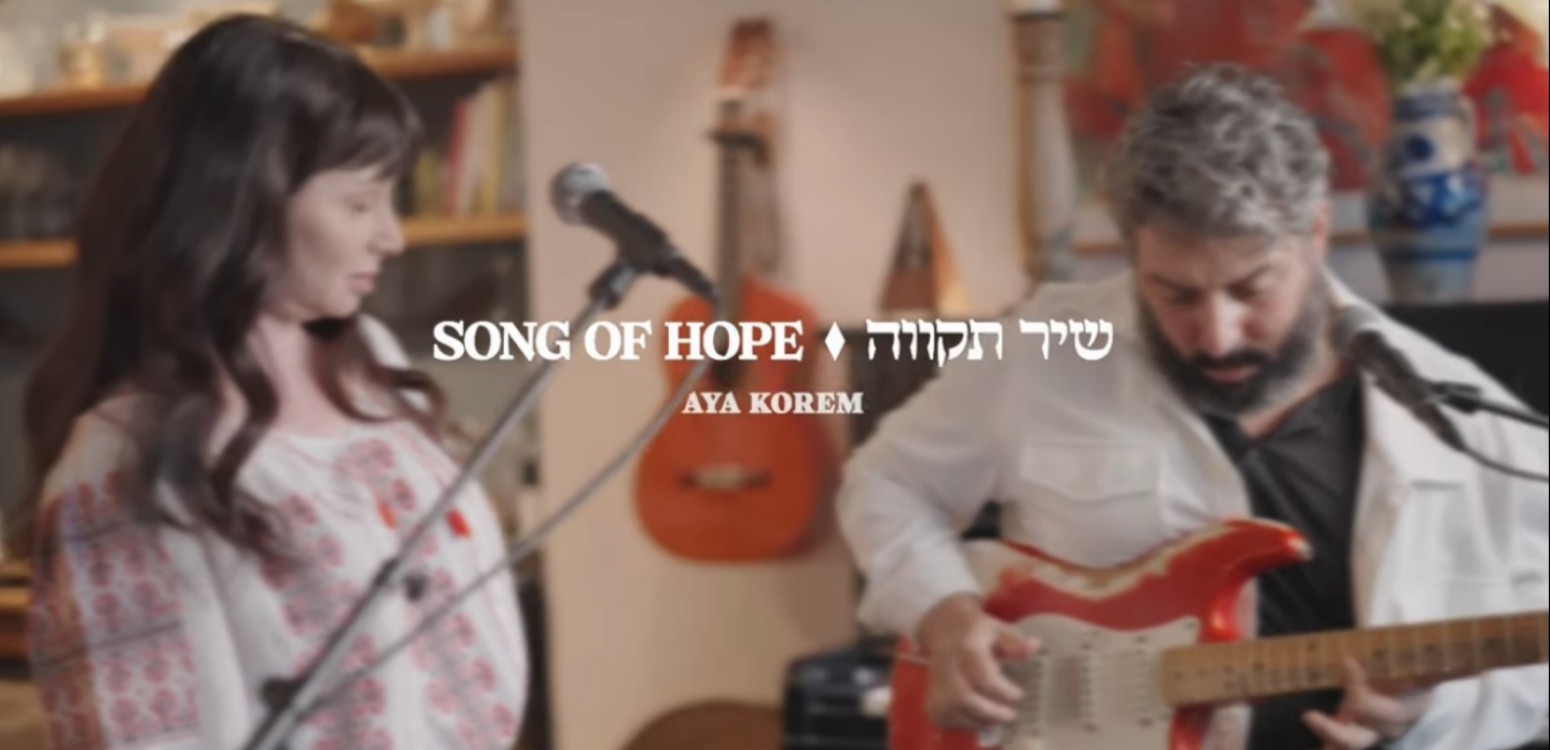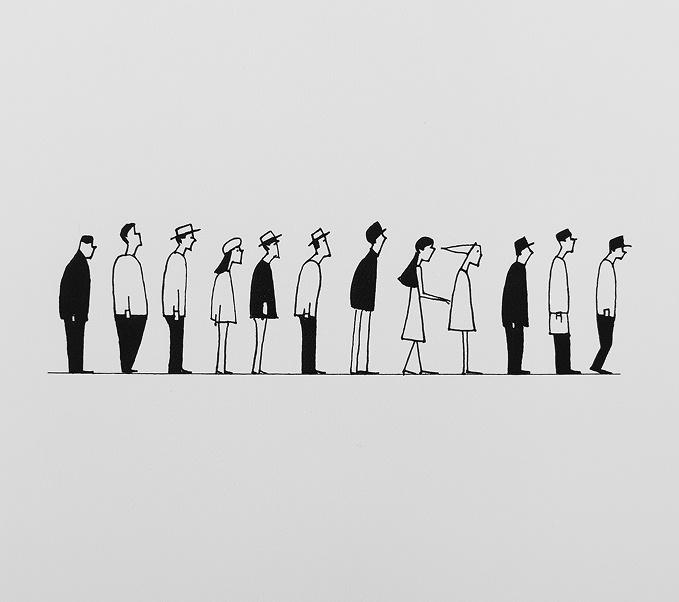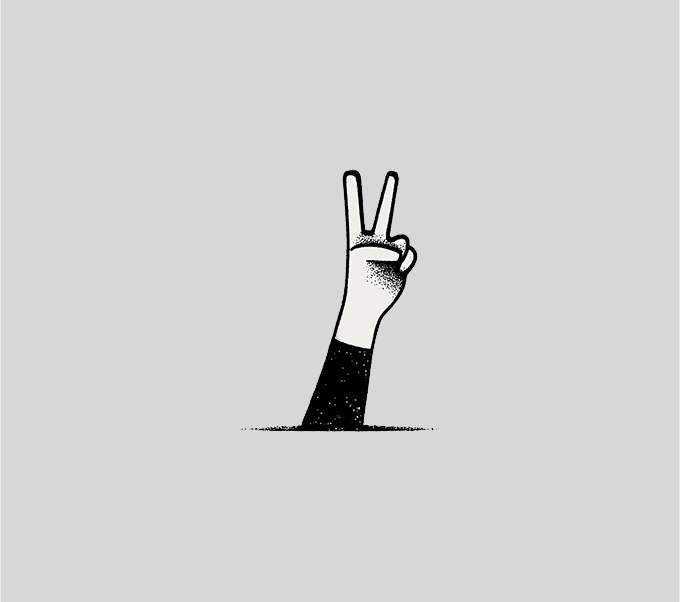
Explore how the Israelites’ journey through the wilderness reveals surprising insights about tribal identity and national unity in today's Israel
As we traverse the cycle of Torah readings from Exodus to Numbers, a profound shift occurs in how the Israelite community is portrayed. This transition reveals timeless wisdom about balancing individual identity with collective purpose – a tension that resonates deeply in modern Israel. The ancient tribal structures established in the desert wilderness offer surprising insights into today’s social and political challenges.
Rabbi Jonathan Sacks (1948–2020) draws an interesting distinction between the Book of Exodus and the Book of Numbers, which we are starting on now. He explains that the Book of Exodus is largely a description of the journey from Egypt, whereas the Book of Numbers deals with the journey to the Land of Israel. Sacks believes that in the Torah and in life, it is actually the “journey to” that is more difficult. (Based on: “Judaism’s Life-Changing Ideas,” Maggid, 2020, pp. 159-160)
The children of Israel murmured
An examination of these two journeys reveals a dramatic difference between the two books. In Exodus, the reference is consistently to the Children of Israel as a whole. “And the Children of Israel journeyed from Rameses to Succoth,” (12:37). “For on this very day have I brought your hosts out of the land of Egypt” (12:41). Even the complaints are shared: “And the whole congregation of the children of Israel murmured” (16:2). And of course, the pinnacle is in receiving the Torah: “And all the people perceived the thunderings” (20:15). In the Book of Exodus, there is almost no mention of the tribes of Israel, except for the special role of Aaron’s sons who are required to perform the priestly service.
Recognition of the individual
In contrast, Parashat Bamidbar begins with a census conducted by tribe. Even the order of traveling through the desert is organized by tribe, with each having their own flag. This instruction comes directly from God: “Every man of the children of Israel shall pitch by his own standard, with the ensigns of their father’s house: far off about the Tent of Congregation shall they pitch” (Numbers 2:1–2). The Tabernacle stands in the center of the camp as a common focal point.
The escape from Egypt was accomplished in complete unity, but the journey to the Promised Land acknowledges different circles of belonging – individual, family, tribe, and people. Recognition of the individual comes through counting each person; families are recognized in the camp’s organization; the tribal circle gathers communities behind one flag; and finally, the entire people share a destination, leadership, and the centrality of the Tabernacle. It resembles a federal structure: each tribe maintains some autonomy yet all are bound by common rules and leadership.
The “melting pot” policy
When Israel was founded and the ingathering of exiles began, David Ben-Gurion implemented the “melting pot” policy. This approach aimed to unify diverse immigrants into one people, merge underground organizations into one army, and establish Hebrew as the common language. Ben-Gurion believed a powerful central authority was essential for the state’s survival.
This project succeeded in many ways – Israel withstood enormous challenges – but at a significant cost. The “melting” process was often insensitive, with European and Sabra dominance leaving lasting wounds. Moreover, while ethnic differences were suppressed, religious and national differences remained, resulting in separate educational systems and new “tribes”: Ultra-Orthodox, Religious, and Secular Jews, as well as Arab Israelis. The consequences of this new tribalism are felt daily in Israeli society.
Should we embrace our differences or forge a unified society?
Did Moses wisely preserve tribal structures while building a strong common center, allowing diverse communities to flourish while maintaining unity? Did Ben-Gurion err in creating a melting pot while simultaneously establishing separate educational systems? Or was this complexity inevitable?
The questions confronting us today are equally challenging: Should we embrace our distinct identities while investing in shared spaces and values? Or should we work to transcend tribal divisions and forge a more unified society? As we read Parashat Bamidbar, these ancient desert formations invite us to consider how we might balance uniqueness and unity in our own journey toward the promised land of a just and thriving society.
Lior Tal Sadeh is an educator, writer, and author of “What Is Above, What Is Below” (Carmel, 2022). He hosts the daily “Source of Inspiration” podcast, produced by Beit Avi Chai.
For more insights into Parashat Bamidbar, listen to “Source of Inspiration”>>
Translation of most Hebrew texts sourced from Sefaria.org
Main Photo: Wikipedia
Also at Beit Avi Chai



